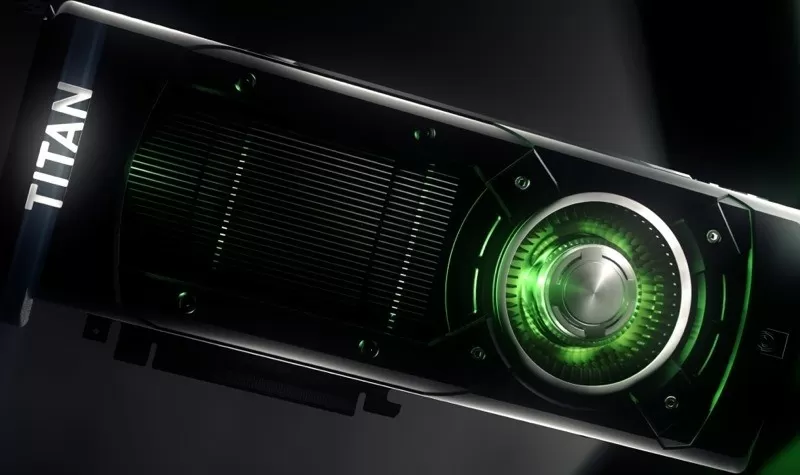A year after the original Titan's release, Nvidia followed up with a full 2880-core version known as the Titan Black, which boosted the card's double-precision performance from 1.3 to 1.7 teraflops. A month later, the GTX Titan Z put two Titan Blacks on one PCB for 2.7 teraflops of compute power. Unfortunately, this card never made sense at $3,000 -- triple the Titan Black's price.
Since then, the GeForce 900 series arrived with the GTX 980's unbeatable performance vs. power ratio leading the charge as today's undisputed single-GPU king. We knew there would be more ahead for Maxwell and six months after the GTX 980's release, Nvidia is back with the Titan X, a card that's bigger and more complex than any other.
There's plenty to be psyched about here with headline features including 3072 CUDA cores, 12GB of GDDR5 memory running at 7Gbps and a whopping 8 billion transistors. The Titan X is a processing powerhorse.
